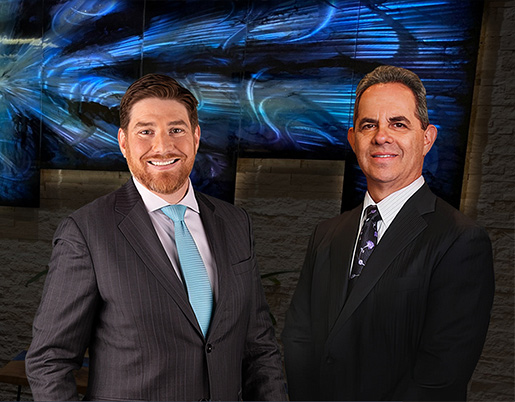Certain 2021-2022 Ford Mustang Mach-E cars might face a power problem due to an overheated high voltage battery contactor, potentially leading to an increased risk of accidents.
In June 2022, Ford’s Field Review Committee (FRC) gave the green light to a Field Service Action (FSA) named 22S41, specifically designed to tackle concerns regarding the overheating of the high voltage battery main contactor in select 2021-2022 Mustang Mach-E vehicles. To fix this issue, dealers updated the software for the Secondary On-Board Diagnostic Control Module (SOBDMC) and the Battery Energy Control Module (BECM). The enhanced SOBDMC software keeps an eye on the contactor’s temperature and smartly reduces the battery’s power output to prevent further damage. Meanwhile, the upgraded BECM software checks the contactor’s resistance to identify any damage, then it generates a diagnostic trouble code (DTC) and lowers the vehicle’s power to avoid more harm.
At the time of approving this FSA, Ford’s Critical Concern Review Group (CCRG) and Electrical Propulsion Engineering (EPE) teams found the software updates for BECM and SOBDMC to be a suitable way to minimize the safety risks linked to power loss. The software update, by monitoring contactor resistance, warns customers if the resistance exceeds a certain limit. Alongside the warning, the software reduces power to prevent further contactor damage and the associated power loss risk. Even with the reduced power, customers can safely accelerate to highway speeds. This approach was also reviewed with the National Highway Traffic Safety Administration (NHTSA).
In June 2022, Ford Motor Company decided to issue a safety recall (NHTSA Recall 22V-412) for 48,924 model year 2021-2022 Ford Mustang Mach-E vehicles produced between May 27, 2020, and May 24, 2022. This recall was prompted by concerns about high voltage battery contactors overheating, primarily due to direct current (DC) fast-charging and repeated full-throttle pedal events. This overheating could lead to arcing or deformation of the electrical contact surfaces. If this occurs, the contactor could either remain open or get welded shut. An overheated contactor that opens while driving may lead to an immediate loss of power without re-engagement.
Following consumer complaints, the Office of Defects Investigation (ODI) initiated a Recall Query (RQ) for 2021-2022 Ford Mach-E vehicles included in Recall 22V-412. These vehicles had previously received a remedy involving a Secondary On-Board Diagnostic Control Module (SOBDMC) software update to monitor contactor temperature and reduce battery power to protect the contactor, as well as a Battery Energy Control Module (BECM) software update to monitor contactor resistance and reduce vehicle power in case of an overheated contactor.
To address this issue, dealers will replace the high voltage battery junction box. This recall is identified by Ford as 23S56, and the corresponding NHTSA campaign number is 22V-687. Vehicles included in this recall that were previously repaired under recall 22V-412 will need to have the new remedy completed.








